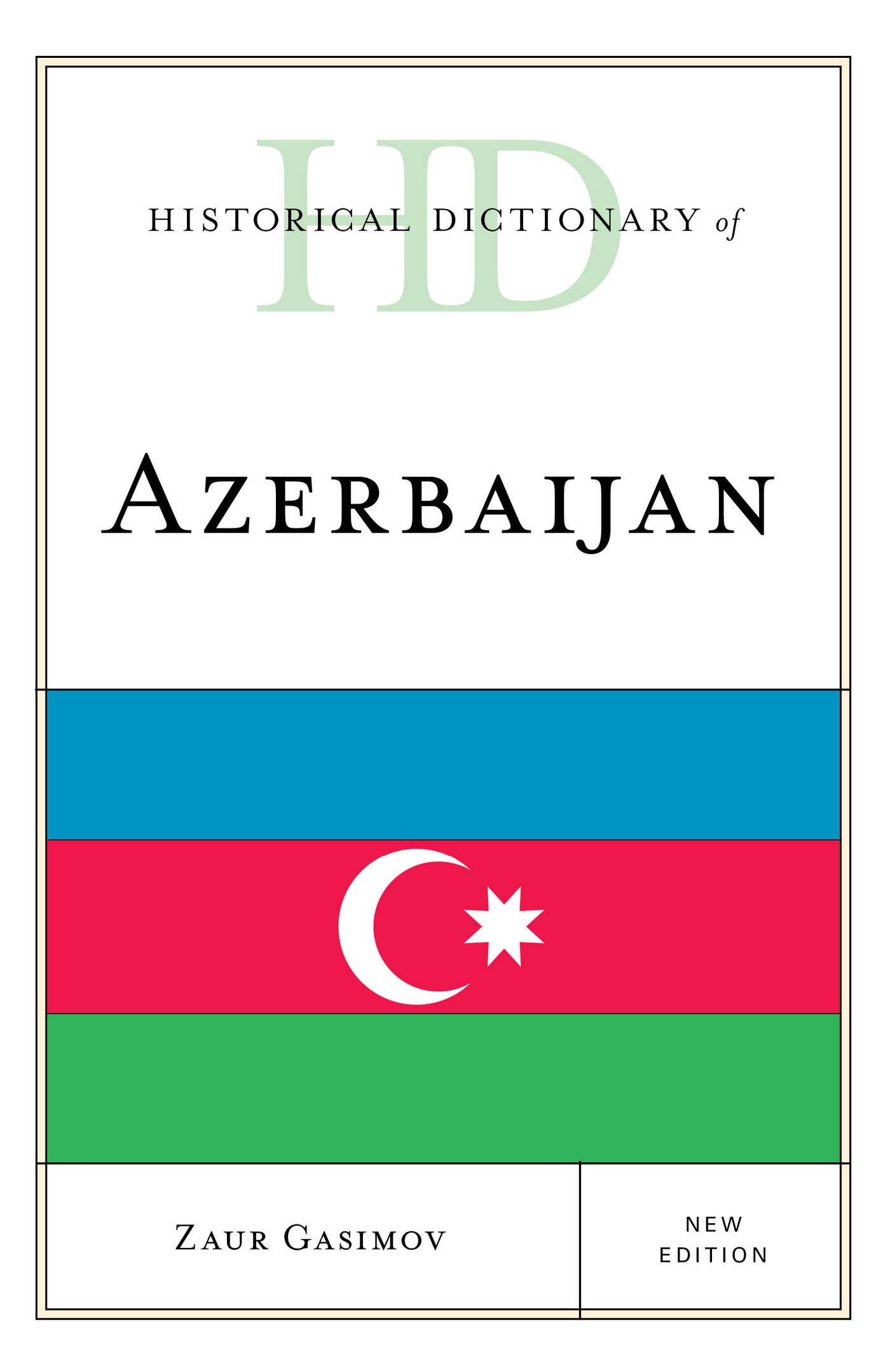The historical dictionaries present essential information on a broad range of subjects, including American and world history, art, business, cities, countries, cultures, customs, film, global conflicts, international relations, literature, music, philosophy, religion, sports, and theater. Written by experts, all contain highly informative introductory essays on the topic and detailed chronologies that, in some cases, cover vast historical time periods but still manage to heavily feature more recent events.
Brief AZ entries describe the main people, events, politics, social issues, institutions, and policies that make the topic unique, and entries are cross-referenced for ease of browsing. Extensive bibliographies are divided into several general subject areas, providing excellent access points for students, researchers, and anyone wanting to know more. Additionally, maps, photographs, and appendixes of supplemental information aid high school and college students doing term papers or introductory research projects. In short, the historical dictionaries are the perfect starting point for anyone looking to research in these fields.
Historical Dictionaries of
Asia, Oceania, and the Middle East
Jon Woronoff, Series Editor
Guam and Micronesia, by William Wuerch and Dirk Ballendorf. 1994.
Palestine, by Nafez Y. Nazzal and Laila A. Nazzal. 1997.
Lebanon, by Asad AbuKhalil. 1998.
Azerbaijan, by Tadeusz Swietochowski and Brian C. Collins. 1999.
Papua New Guinea, Second Edition, by Ann Turner. 2001.
Cambodia, by Justin Corfield and Laura Summers. 2003.
Saudi Arabia, Second Edition, by J. E. Peterson. 2003.
Nepal, by Nanda R. Shrestha and Keshav Bhattarai. 2003.
Kyrgyzstan, by Rafis Abazov. 2004.
Indonesia, Second Edition, by Robert Cribb and Audrey Kahin. 2004.
Republic of Korea, Second Edition, by Andrew C. Nahm and James E. Hoare. 2004.
Turkmenistan, by Rafis Abazov. 2005.
New Zealand, Second Edition, by Keith Jackson and Alan McRobie. 2005.
Vietnam, Third Edition, by Bruce Lockhart and William J. Duiker. 2006.
India, Second Edition, by Surjit Mansingh. 2006.
Burma (Myanmar), by Donald M. Seekins. 2006.
Hong Kong SAR and the Macao SAR, by Ming K. Chan and Shiu-hing Lo. 2006.
Pakistan, Third Edition, by Shahid Javed Burki. 2006.
Iran, Second Edition, by John H. Lorentz. 2007.
Peoples Republic of China, Second Edition, by Lawrence R. Sullivan. 2007.
Australia, Third Edition, by James C. Docherty. 2007.
Gulf Arab States, Second Edition, by Malcolm C. Peck. 2008.
Laos, Third Edition, by Martin Stuart-Fox. 2008.
Israel, Second Edition, by Bernard Reich and David H. Goldberg. 2008.
Brunei Darussalam, Second Edition, by Jatswan S. Sidhu. 2010.
Malaysia, by Ooi Keat Gin. 2009.
Yemen, Second Edition, by Robert D. Burrowes. 2010.
Tajikistan, Second Edition, by Kamoludin Abdullaev and Shahram Akbarzadeh. 2010.
Mongolia, Third Edition, by Alan J. K. Sanders. 2010.
Bangladesh, Fourth Edition, by Syedur Rahman. 2010.
Polynesia, Third Edition, by Robert D. Craig. 2011.
Singapore, New Edition, by Justin Corfield. 2011.
East Timor, by Geoffrey C. Gunn. 2011.
Postwar Japan, by William D. Hoover. 2011.
Afghanistan, Fourth Edition, by Ludwig W. Adamec. 2012.
Philippines, Third Edition, by Artemio R. Guillermo. 2012.
Tibet, by John Powers and David Templeman. 2012.
Kazakhstan, by Didar Kassymova, Zhanat Kundakbayeva, and Ustina Markus. 2012.
Democratic Peoples Republic of Korea, by James E. Hoare. 2012.
Thailand, Third Edition, by Gerald W. Fry, Gayla S. Nieminen, and Harold E. Smith. 2013.
Iraq, Second Edition, by Beth K. Dougherty and Edmund A. Ghareeb. 2013.
Syria, Third Edition, by David Commins and David W. Lesch. 2014.
Science and Technology in Modern China, by Lawrence R. Sullivan and Nancy Y. Liu, 2014.
Taiwan (Republic of China), Fourth Edition, by John F. Copper. 2014.
Australia, Fourth Edition, by Norman Abjorensen and James C. Docherty. 2015.
Republic of Korea, Third Edition, by James E. Hoare. 2015.
Indonesia, Third Edition, by Audrey Kahin. 2015.
Fiji, by Brij V. Lal. 2016.
Peoples Republic of China, Third Edition, by Lawrence R. Sullivan. 2016.
Israel, Third Edition, by Bernard Reich and David H. Goldberg. 2016.
New Zealand, Third Edition, by Janine Hayward and Richard Shaw. 2016.
Brunei Darussalam, Third Edition, by Jatswan S. Sidhu. 2017.
Nepal, Second Edition, by Nanda R. Shrestha and Keshav Bhattarai. 2017.
Burma (Myanmar), Second Edition, by Donald M. Seekins. 2017.
Yemen, Third Edition, by Charles Schmitz and Robert D. Burrowes. 2017.
Azerbaijan, New Edition, by Zaur Gasimov. 2018.
Historical Dictionary of Azerbaijan
New Edition
Zaur Gasimov
ROWMAN & LITTLEFIELD
Lanham Boulder New York London
Published by Rowman & Littlefield
A wholly owned subsidiary of The Rowman & Littlefield Publishing Group, Inc.
4501 Forbes Boulevard, Suite 200, Lanham, Maryland 20706
www.rowman.com
Unit A, Whitacre Mews, 26-34 Stannary Street, London SE11 4AB
Copyright 2018 by Zaur Gasimov
All rights reserved. No part of this book may be reproduced in any form or by any electronic or mechanical means, including information storage and retrieval systems, without written permission from the publisher, except by a reviewer who may quote passages in a review.
British Library Cataloguing in Publication Information Available
Library of Congress Cataloging-in-Publication Data
Names: Gasimov, Zaur, author.
Title: Historical dictionary of Azerbaijan / Zaur Gasimov.
Description: New edition. | Lanham, MD : Rowman & Littlefield, [2018] | Series: Historical dictionaries of Asia, Oceania, and the Middle East | Includes bibliographical references.
Identifiers: LCCN 2017035872 (print) | LCCN 2017036150 (ebook) | ISBN 9781538110423 (electronic) | ISBN 9781538110416 (hardcover : alk. paper)
Subjects: LCSH: AzerbaijanHistoryDictionaries.
Classification: LCC DK693.7 (ebook) | LCC DK693.7 .H57 2018 (print) | DDC 947.54003dc23
LC record available at https://lccn.loc.gov/2017035872
 The paper used in this publication meets the minimum requirements of American National Standard for Information Sciences Permanence of Paper for Printed Library Materials, ANSI/NISO Z39.48-1992.
The paper used in this publication meets the minimum requirements of American National Standard for Information Sciences Permanence of Paper for Printed Library Materials, ANSI/NISO Z39.48-1992.
Printed in the United States of America.
For my daughter Azade
Editors Foreword
Azerbaijan is both an old and a new country that has had and continues to have problems with its self-perception and acceptance by the outside world. The first time it actually appeared under its current name was in 1918, as the Azerbaijani Democratic Republic, at which time it was not particularly democratic nor much of a republic, but just another state dominated by the Soviet Union, and prior to that Russia, and then again Russia, but also in earlier times part of the empires of the Medes and Persians and then the Turkic community. After becoming a Soviet Republic in 1920, and a supposedly Autonomous Republic of Iran in 1945, it was a Soviet Socialist Republic as of 1978 and then the independent Republic of Azerbaijan in 1991. Shortly after it came under the control of Heydar Aliyev, president until 2003, when his son Ilham Aliyev took over and has ruled to the present.

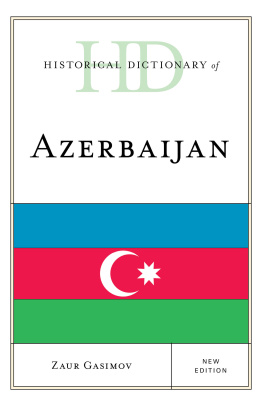

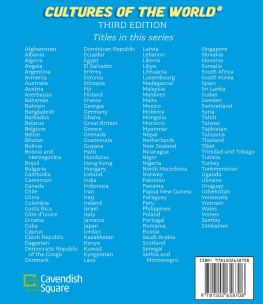
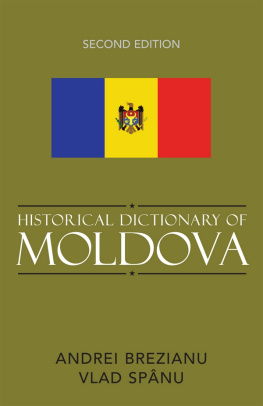

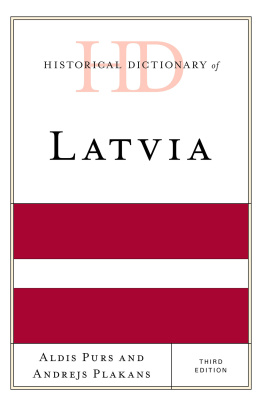
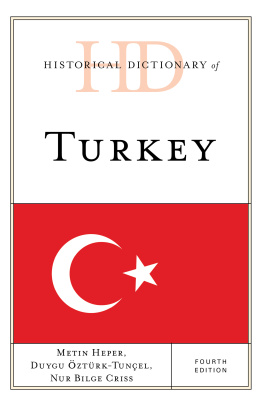

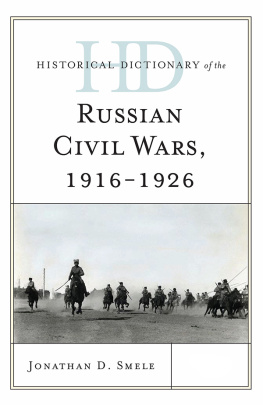

 The paper used in this publication meets the minimum requirements of American National Standard for Information Sciences Permanence of Paper for Printed Library Materials, ANSI/NISO Z39.48-1992.
The paper used in this publication meets the minimum requirements of American National Standard for Information Sciences Permanence of Paper for Printed Library Materials, ANSI/NISO Z39.48-1992.